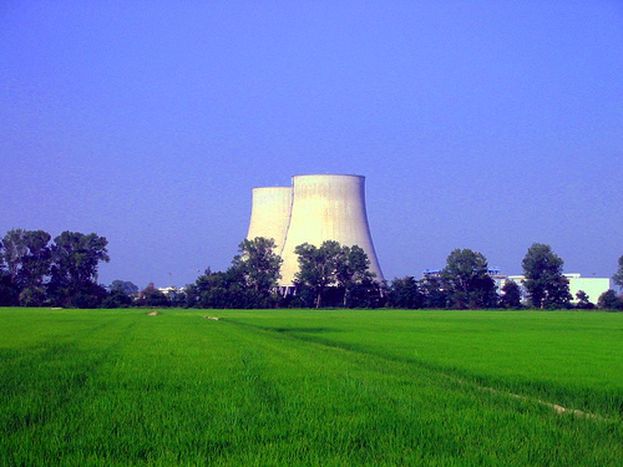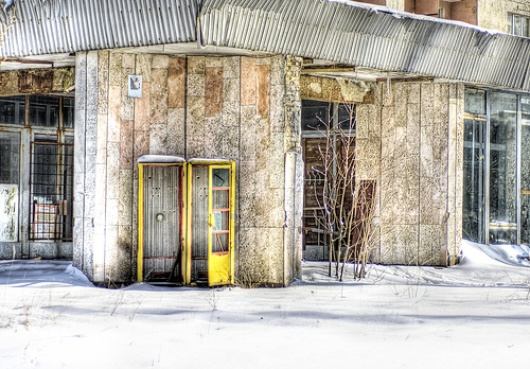
France throws its (atomic) weight around, but others are not so sure...
Published on
Translation by:
Chris YeomansWhilst petrol prices soar and the earth heats up, some countries see nuclear power as a good alternative energy source. But Europe is divided...
In November 1987, a year and a half after the Chernobyl disaster, the Italians decided by referendum to an end to nuclear power in their country – a decision that Silvio Berlusconi promised to reverse during his election campaign. Since his re-election it seems that this indeed will happen and Italy will once again build nuclear power stations on its soil and water leak that happened on the 4th June in the old power station at Krsko in Slovenia, does not appear to make a difference to that decision.
Since the Franco-British summit in March this year, the two European nations with the most Nuclear power stations have formed a strategic alliance to work together to build more nuclear sites and France, where 50% the country’s energy comes from its fifty-six nuclear sites, has ambitions to become Europe’s nuclear ‘leader’.
Towards an end of nuclear power in Germany
 The French position is in stark contrast to that of the German government who have announced plans to move away from nuclear and progressively close its nineteen facilities by 2020. It doesn’t seem that this decision is going to change, but appears somewhat at odds with the hesitant tiptoeing of Chancellor Angela Merkel who has expressed several doubts as to the new ‘ecological’ coal-based power stations, to ensure a smooth energy transition.
The French position is in stark contrast to that of the German government who have announced plans to move away from nuclear and progressively close its nineteen facilities by 2020. It doesn’t seem that this decision is going to change, but appears somewhat at odds with the hesitant tiptoeing of Chancellor Angela Merkel who has expressed several doubts as to the new ‘ecological’ coal-based power stations, to ensure a smooth energy transition.
Atomic scandals
Meanwhile in mid-April Spanish newspapers uncovered in a scandal. After a radioactive leak, during a maintenance operation on the 26th of November at the Ascó facility in Catalonia, it emerged that the electricity group at the factory had completely under-estimated the extent of the incident. The leak had actually contaminated an area of some 30 kilometres around the reactors. According to El Pais, “this incident was amongst the top four most serious incidents in Spanish nuclear history”.
It doesn’t seem that this decision is going to change, but [it] appears somewhat at odds with the hesitant tiptoeing of Chancellor Angela Merkel.
As of 2007 Spain had eight functioning nuclear power stations, generating around 22% of the country’s electricity requirements. Yet, during the 2008 election campaign, Zapatero declared that he would like to reduce the country’s reliance on nuclear power and instead make a “collective effort” to move towards renewable energy sources.
But will this mean that they will just have to buy energy from the French?

Map of nuclear power stations in Europe. The stations are denoted by red dots.
Translated from Energía nuclear II, el retorno. ¿El mal menos malo?



